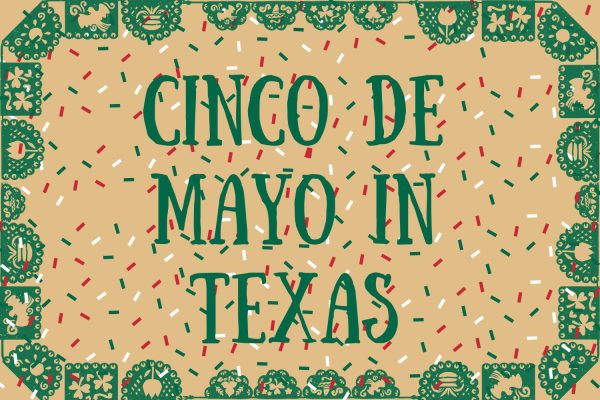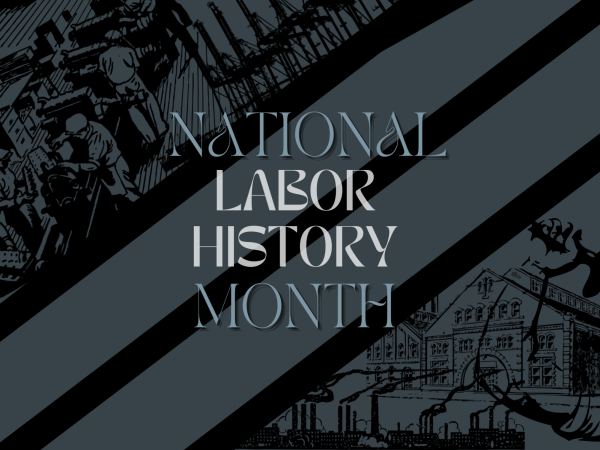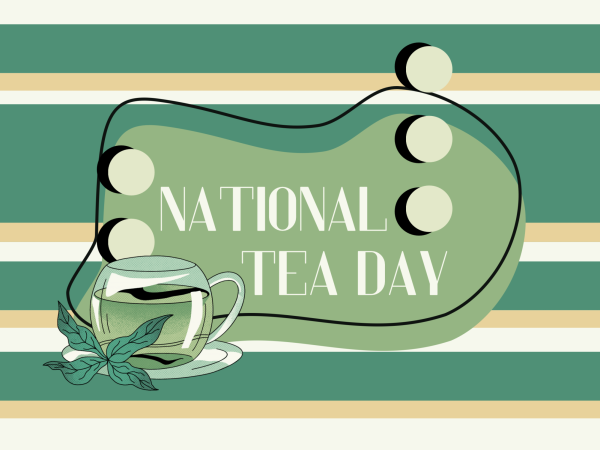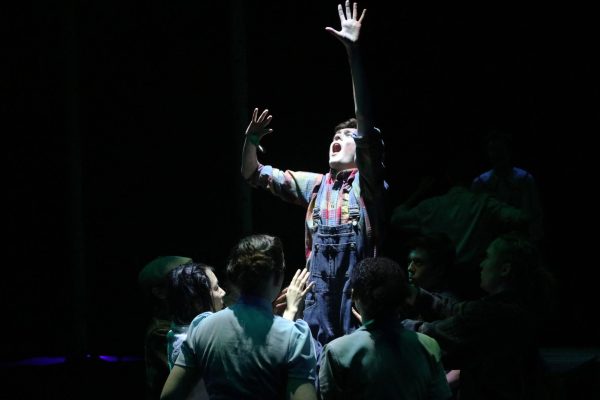Retro review: Black and white movies
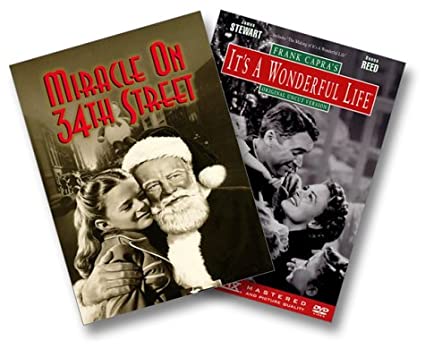
Provided by Amazon.com
Even with the wide variety of Christmas classics out there, I typically don’t stray from my favorite movies including “Elf,” “Home Alone” and “The Santa Clause.” I’ve never been interested in old Christmas movies; I associated a movie having no color with having no excitement. However, this year, I decided to try out two classics that go as far back as black and white film, with the goal of finding out whether or not they are still ‘classic.’
‘Miracle on 34th Street’ (1947)
I was pleasantly surprised by how comforting and timeless it felt to watch this Christmas movie. The plot features a single, working mother (Maureen O’Hara) who instills a realistic view of the world in her young daughter (Natalie Wood), void of any imagination, especially the belief in Santa Claus. When the real Santa Claus shows up and works as Macy’s Santa, he has to prove to the young girl and her mother that “faith is believing in things when common sense tells you not to.” His open belief that he is Santa Claus leads him to trouble as he guides the young girl to living a true childhood full of imagination. Through his efforts, everyone is reminded to not take life too seriously, which exemplifies the lighthearted feeling of holiday cheer that this movie gave me. Although it lacked diversity, which is unsurprising given it was 1947, I thought the lead woman having an important job at a major consumer outlet seemed progressive for the time period. Overall, the storyline lacked depth, but it gave the perfect amount of G-rated predictability and charm needed for a cozy Christmas classic.
‘It’s a Wonderful Life’ (1947)
This renowned holiday favorite never caught my attention, but I considered giving it a watch because of how highly-regarded it is. From the beginning of the movie, I was questioning how other people find this worthy of their time as I was shown the stages of George Bailey’s (James Stewart) life. Normally, I would have an appreciation for more detail to character, but nothing fascinating transpired and the atmosphere of the movie was mildly depressing as George transformed from a joyous child to a sorrowful, belligerent adult with a family to provide for and his loan business heading in the unfortunate direction of bankruptcy. It felt as if there was a communication gap because I couldn’t relate to the way the characters talked and acted in this time period. I tried to gain interest in the characters and plot, but it couldn’t draw me in. Throughout the majority of the movie, I was confused why this is considered a Christmas movie and waited impatiently for any relevance to Christmas. It finally took place during the holidays at the end, during the most memorable scenes. When a guardian angel, Clarence (Henry Travers), shows George what the town would be like if he never existed, he emerges as a grateful, endearing man, making the long road to this moment almost completely worthwhile as it finished with a heartwarming family moment.
These old Hollywood films seem to be at a slower pace than current movies, but they relay a feeling of comfort and simplicity that is hard to recreate today. The slow paced, old fashioned lingo is incongruent with my generation’s need for instant gratification; I was grappling with impatience at certain moments, but the valuable messages at the heart of each movie reminded me to appreciate the little things in life. Overall, I think the term “classic” doesn’t define these movies because of the time period, but because of the essence of Christmas spirit they made me feel even if they weren’t the most exciting.

Junior Olivia Yager is a reporter and this is her first year on staff. She enjoys playing volleyball, hanging out with friends, and playing with her dogs.






